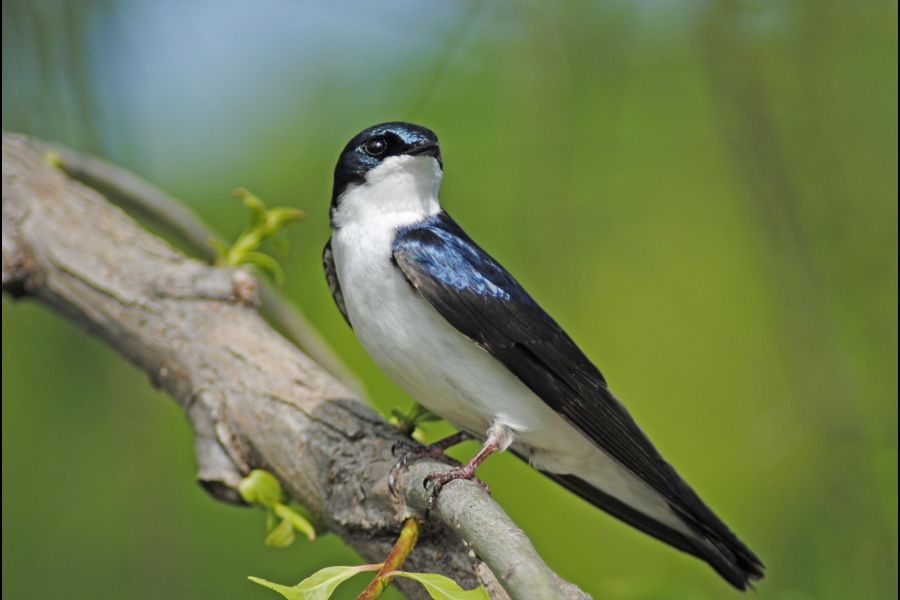After spending winters down south, many birds migrate north in the spring. From now until the end of May, Niagara is an important spot for many migratory birds to take cover from inclement weather and to feast on insects.
BIRDS OF A FEATHER: “You can actually watch the radar! That's how big the flocks are,” says Marcie Jacklin, Niagara regional co-ordinator for the Ontario Breeding Bird Atlas.
To track some of these patterns in Ontario, check out sources like Weather Underground that use mostly unprocessed radar data.
“Migration is often weather-related. You want these south winds,” says Jacklin. We're most likely to see returning birds after a large increase in temperature.
Most of these species migrate at night when there's less risk of overheating or attack by predators, and they require clear, moon-lit nights to safely navigate. “If it gets foggy or starts to rain, they need to get down right away,” says Jacklin.
THE NIAGARA FLYWAY: The Niagara River Corridor is an extremely biodiverse area and is considered an Important Bird & Biodiversity Area (IBA) because it forms one of four major bird migration corridors in North America.
In addition to the flyway, Niagara is home to four other IBAs that support migrating raptors like turkey vultures and red-shouldered hawks, and species-at-risk, like the Acadian flycatcher.
Dr. Bill Rapley, a member of the Niagara River remedial action committee and the Niagara Peninsula Conservation Authority board, says there is a “huge amount of birds coming.”
“Killdeer came in Sunday,” he said and the redwing blackbirds have also started to arrive.
UNDER YOUR WING: Because many birds use natural light cues to navigate at night, artificial exterior lighting can cause confusion. “Lights do attract them. It's quite dangerous,” says Jacklin.
If weather conditions aren't suitable for flying, birds may fly toward brightly lit areas and accidentally collide with windows and walls. Or, they may become disoriented and circle in confusion until they are exhausted.
Songbird populations are already dropping dramatically due to habitat loss and declining insect populations, and climate change may make migration more dangerous by increasing severe weather.
Turning off lights on the exterior of buildings or visible through window coverings between midnight and sunrise reduces the risk to birds. This is most helpful during peak migration “around the first of May,” says Rapley. “It starts to slow down by the 15th of June.”
“Use lights that only point down,” adds Jacklin. “That definitely would save some birds.”
Highrise buildings pose the greatest risk of window collisions for these night migrants. “Above the canopy is the risk,” Rapley says.
Jacklin says the best way to help migrating birds is to plant native species in our gardens. “The other stuff is pretty, but has no nutrition.”
“Not only native species, but biodiverse plantings,” says Rapley. Plus, adds Jacklin, “A lot of these birds are insect eaters, so feeders don't really help.” They need plants that will attract pollinating insects.
“You don't have to be an expert on any of this,” says Jacklin. “If you want to know more, or if you're happy just feeding the birds or going for a stroll,” there are many local interest groups and citizen science opportunities, such as the eBird app.
With spring around the corner, it's the perfect time to see if you can catch sight of these beautiful feathered visitors in flight.
Kyra Simone is a green-at-heart NOTL resident with master's degrees in biology and science communication. In her spare time, she advocates for sustainable change, picks up litter, makes recycled jewelry and transforms furniture bound for the landfill.








